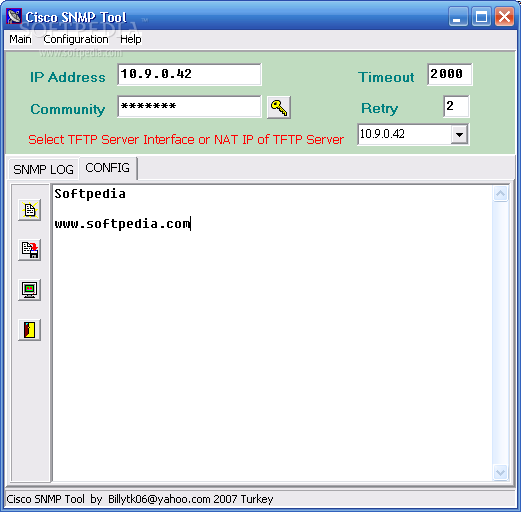

So for there may be an OID in the MIB related to the number of frames that have transited a particular interface. Each OID represents a variable that can be read or set through SNMP. The MIB is a hierarchical structure that forms a tree and the MIB contains object identifiers or OIDs. In a Cisco device this database is called the Management Information Base or the MIB. We mentioned the fact that network devices will gather different types of data about themselves and store that in a local database.

By default agents send the system and device information to the manager using UDP Port 162. So traps help to take care of this concern. If we have something disastrous happen on a monitored device we don't want to wait for polling to happen before that is reported. So this is a way to make sure the manager receives the information in case of a critical event. These would be sent out by the agent without being polled. Agents can also send unsolicited messages to the manager which are called traps. When an SNMP Agent receives a poll from an SNMP Manager the agent can respond to the information query with information from that local database. These devices themselves will gather various types of data and store that in a local database. This polling happens regularly over UDP Port 161 by default and SNMP Agent is a process running on a monitored device. SNMP Managers send SNMP polls out to devices in order to receive that data. More simplified managers will simply pull the devices and compile that information into a centralized logging database. Depending on the features of the SNMP Manager, some of those even have the ability to send email or text message alerts to contacts anytime there is a malfunction in the network.
CISCO SNMP MIB VIEW FAMILY NAME VPN MONITOR SOFTWARE
Most typically the SNMP Manager is a software application that runs in a central location on our network. An SNMP Manager is the piece that will pull our network devices in order to obtain information and alerts. A complete SNMP system includes both an SNMP Manager and an SNMP Agent. We can monitor traffic through a device both inbound and outbound and we can even remotely configure and control devices that are compatible. We can detect issues and faults early through alerts and notifications. Any device that is SNMP capable can be configured so that we can collect information and monitor those devices from a single point. This allows us to monitor our managed devices such as our routers, switches, our servers and more. SNMP or Simple Network Management Protocol is one of the ways we can be notified about certain events or issues within our network.


 0 kommentar(er)
0 kommentar(er)
